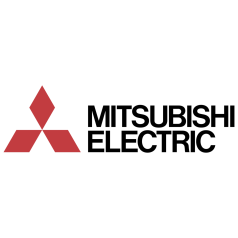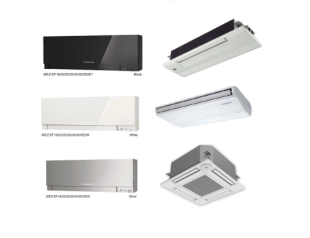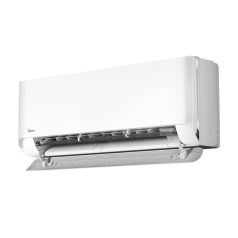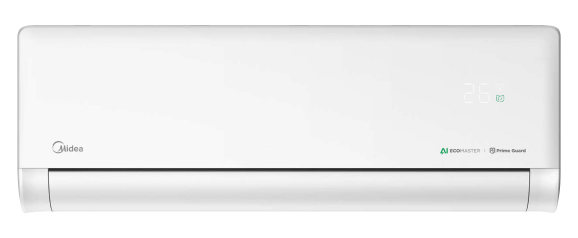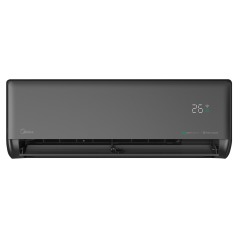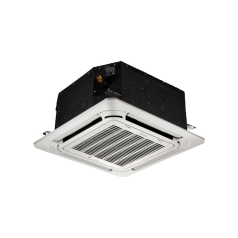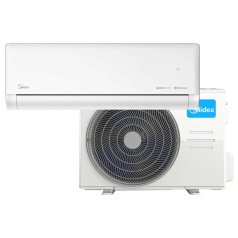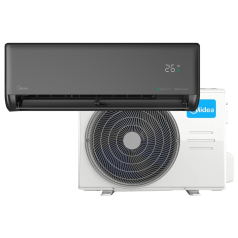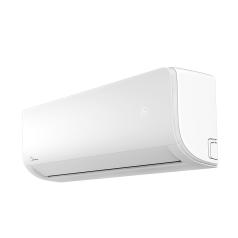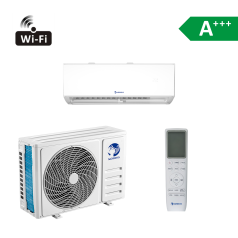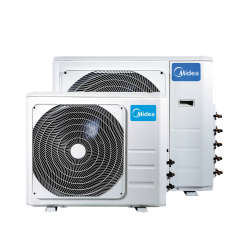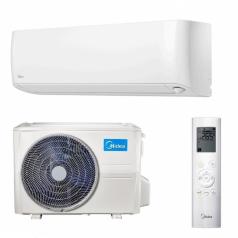Air-To-Air heat pumps
Manufacturer
Price
Air-to-air heat pumps, similar to air-to-water heat pumps, use heat energy found in the air to provide heating, but unlike the latter, the heat produced is distributed in the form of air flow. They can be divided into split-type heat pumps, where only one indoor unit is connected to each outdoor unit, or multi-split heat pumps, where several indoor units, possibly of different types, can be connected to one outdoor unit.
Air-to-air heat pumps have a number of advantages that make them ideal for heating support and, in some cases, as the main heating source. They are even easier to install than air-to-water heat pumps and take up even less space - they can often be up and running within a day. In summer, they can also act as air conditioners, combining several units into one. They do not require special heating circuits to be prepared; even for multi-split systems, the most complicated installation process involves pulling out two Freon pipes. They are easy to control using the control panel or the mobile app to set the temperature mode, without the need to adjust the water temperature or its supply.
Their disadvantages include their heat release, which will be less efficient than "real" central heating systems (but which can be corrected with air release and fireplace functions), and their ability to provide heating only, without hot water production. Air-to-air heat pumps will also consume high amounts of electricity to generate heat and will lose efficiency at low temperatures, but as air-to-water heat pumps, this disadvantage will become less pronounced over time, with premium-class units already operating efficiently down to temperatures as low as -25°C.


